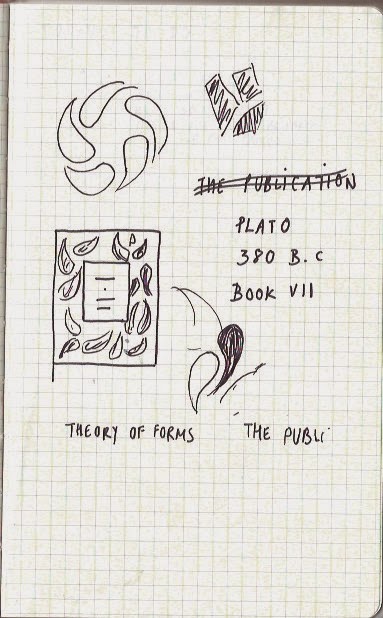Visiting the Disobedient Objects exhibition in London really demonstrated to me how political activism can drive a wealth of design ingenuity and creativity that defy standard definitions of art and design. I found the exhibition enjoyable and very engrossing. Seeing the banners, and badges up close, rather than seeing them in photographs in the media made it a lot more real, it also sparked inspiration into what I could produce for this campaign.
The concept behind my campaign, ‘We are Humans’ is to raise awareness and educate people directly about the disgusting nature of sex trafficking and its mental and physical effects on women as well as raising awareness on gender equality. Due to the serious nature of my topic area it wouldn’t be appropriate to use comical/tongue in cheek language. I have used serious, matter-of-fact, informative and no-nonsense language. The content is easy to read and understand to educate a broad range of people. I felt this was the best way to fight Human Trafficking on an individual to educate and raise awareness on the subject by drumming in the fact that trafficking is not a problem away from home but happens right here in the UK.
I have used a broad range of skills and techniques within this project, this includes; screen-printing, badge-making, stickers, digital work and colour pantone matching.
Once I had my logo, I found it easy to begin applying it in different ways. The logo has been kept simple, contemporary so it will be easily recognisable and iconic of the campaign. The circle represents putting a full stop on trafficking. Although initially, I did have some concerns about using the colour pink however, this is a campaign about raising awareness about trafficking, a disgusting and unseen crime, and its physical and mental effects on women so it needs to be a somewhat feminine sensitive colour due to the nature of the issue. As well as this in colour psychology, pink is a sign of hope and compassion. Colours have been kept to a minimum to keep down the print cost and produce more work cheaply to reach more people across the UK.
I have managed to apply my logo and products appropriately, instead of just designing things on just one platform I have created a range of products for my campaign including tote bags, badges, stickers, leaflets, social media pages, website and a poster to be distributed across the UK. The campaign pack will be available to buy online for people to show their support. The main base for my campaign will be in London as that is where I have organised a theoretical march.
The campaign also has a digital platform which will be active on all social media sites with the hashtag #wearehumans as nearly one in four people worldwide use social media sites the campaign could have the potential to grow huge.
If I were to have more time on the project, I would have liked to have created a poster series perhaps screen-printed, as I am not 100% happy with my poster or a5 leaflet, admittedly I left the poster to last as I was really struggling what to do for it. I feel some of the finishes on my work could be better and look more professional.
Overall, I am pleased with how the project has gone and what I have produced. I feel I have answered the brief well, by choosing a topic I am passionate about and producing a range of products to be distributed. I feel I have managed my time well by setting myself personal targets to get things completed by for example, booking print/photography slots early. I have managed to step outside of my comfort zone, by choosing a hard topic and creating a range of products I've never done before. I feel I have taken my topic of 'sex trafficking' but have produced a powerful campaign which is tasteful and sensitive about the issue as well as being educational in raising awareness.








































